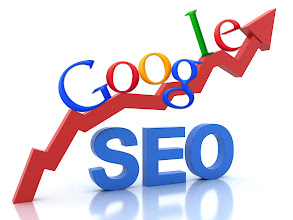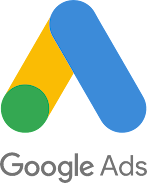HISTORY OF SEO
Search Engine is a software program that helps users find information on the internet. Search Engine Optimization(SEO) is the process of increasing the visibility of websites. One of the most popular search engine is Google.
Google was invented by two students as a part of their university project in 1998. Initially, Google was used as a subdomain under their university website. Users need to login by their email id and the result will be sent to the email id which takes 24hours. On September 11, 2001 Al-Qaeda attacked the world trade centre in America, people started searching for information about it on Google. Unfortunately, users did not find any details about it on Google, which disappointed the authorities. The engineers at Google pointed out that most of the webpages were not crawlable by Google.
The search engine process is mainly comprised of three steps. They are crawling, catching and indexing. Crawling is the process of crawl or scan a webpage, and a snapshot of the page is saved to the database based on categories. This saving process is called Catching. Indexing is the process of listing the results.
To crawl a web page Google need to provide on-page optimization guidelines to the webmasters who control or update the webpages. Initially, there were a concern among engineers that these guidelines belonged to Google's secret file. However, Google eventually released a 32 page starter guide document called the "SEO Starter Guide". This marked the beginning of Search Engine Optimization.
EVOLUTION OF SEO
In the beginning, Google focused on content specific or niche specific. Key word tags were widely used to determine the ranking of websites. The ranking would increase with the number of focusing key words. This led to Keyword stuffing, a black hat SEO technique(an unethical activity)in which keywords are loaded excessively on to a webpage. After Google analysed this they changed their algorithm to Link specific. Under this new process the websites that receive more links from other websites would be ranked accordingly.
However, the website owners started to sell their links to webmasters who were looking to increase their web site's ranking. In response, Google implemented the Quality link specific approach. With this approach ranking would be based on the links received from high quality websites. Google introduced the Page ranking system, which assigned a ranking out of 10 to webpages. These ranks indicated the trust value of the website. The ranks depend upon the links received from high ranking websites and also based on other 200 factors. As a result, web page owners with high page rankings began to sell their links.
Google introduced a new tactics called Passing the juice, it is an SEO term that refers to the value or equity passed from one page to another. This value is passed through links and search engine see each links as a vote, indicating that the page is valuable and worth promoting. If webmasters sell their links, their page ranking will be reduced. To address this, Google implemented the 'no follow' mechanism, which stops the equity from passing through certain links.
For example, a link to Google could be implemented with the 'no follow' attribute like this:
<a href="https://www.google.com" rel="nofollow">Google</a>
In the year 2000, Google entered the field of advertising with Google AdWords later known as Google Ads, initially ads were displayed as search network ads. Between 2003 and 2008, Google gained significant popularity and growth which leads them to make numerous changes in their algorithm.
They used a metric called CPC(Cost Per Click) that determines how much advertisers pay for the ads they placed on websites or social media, based on the number of clicks the ad receives. On June18, 2003 Google started a program called Google AdSense. Through this program website owners could display advertisements on their websites. Changes in Google algorithm can result in changes in page visibility, which can lead to a decrease in Google's revenue.
In 2008, Google introduced Personalised search results and auto suggestions. Google began upgrading its functionality, transforming from being just a search engine to work as a personal assistant. Web page ranking started to be influenced by the user interaction. When a user visits a page or site but doesn't engaged further, it is referred to as the Bounce rate. A higher bounce rate can create a negative impression for that page or site. If a user visits a web page, spends less time on it and then visits next page with higher interaction, Google gives a higher rank to the second page.
By 2010, social media platforms gained more attention and the ranking on social media were based on influential power.



Comments
Post a Comment